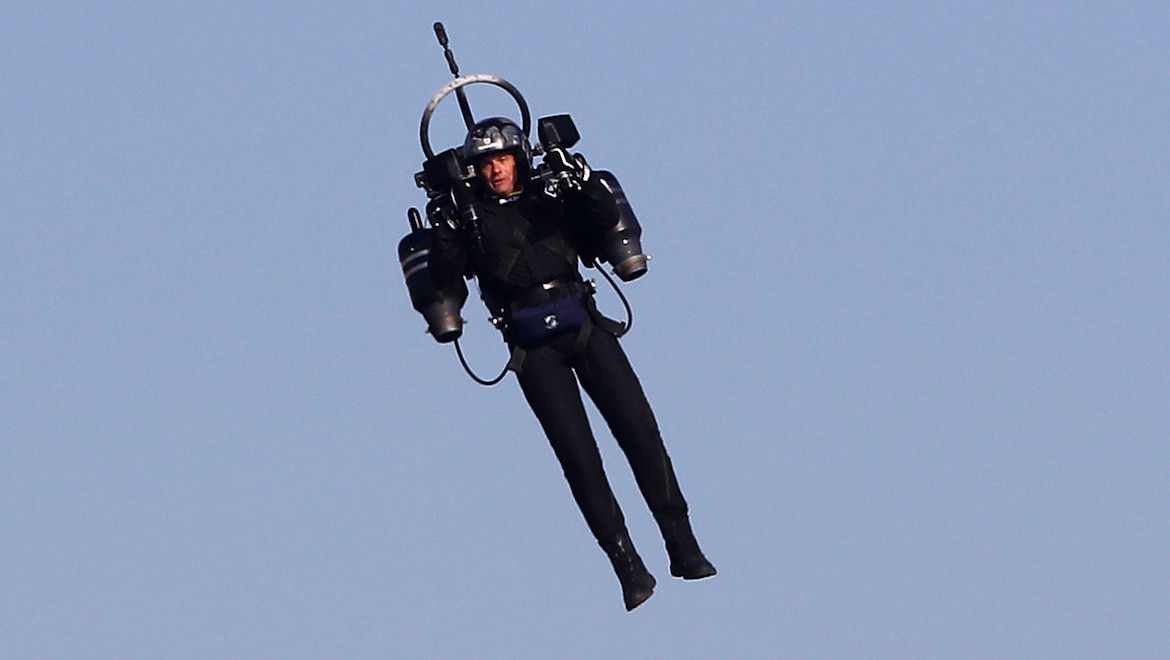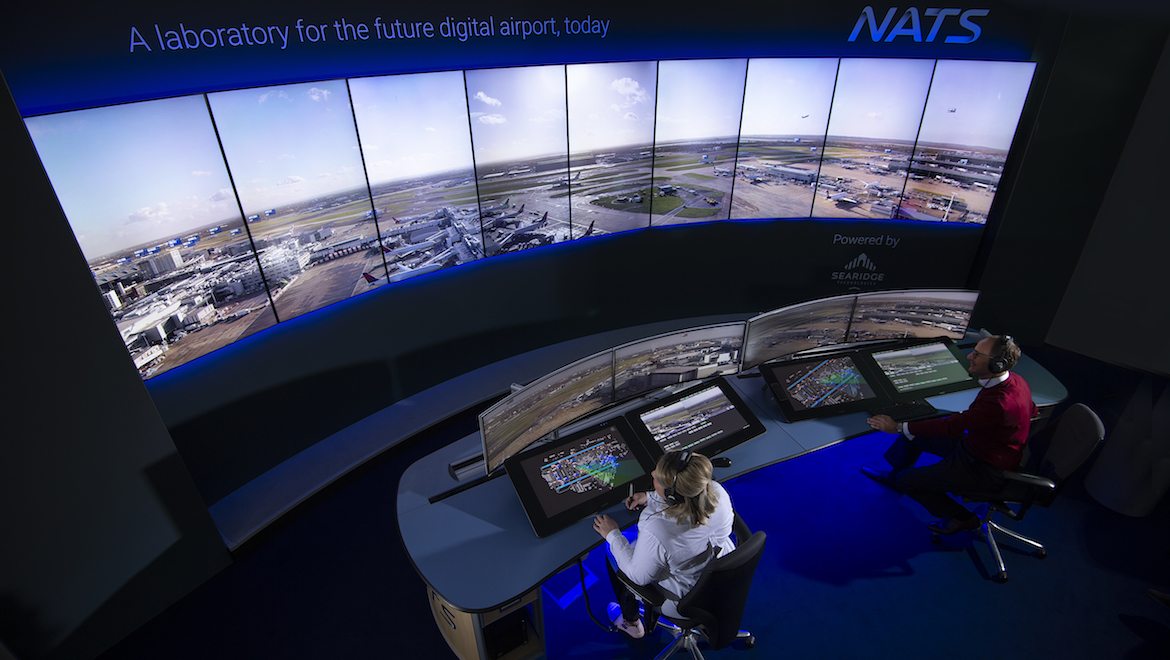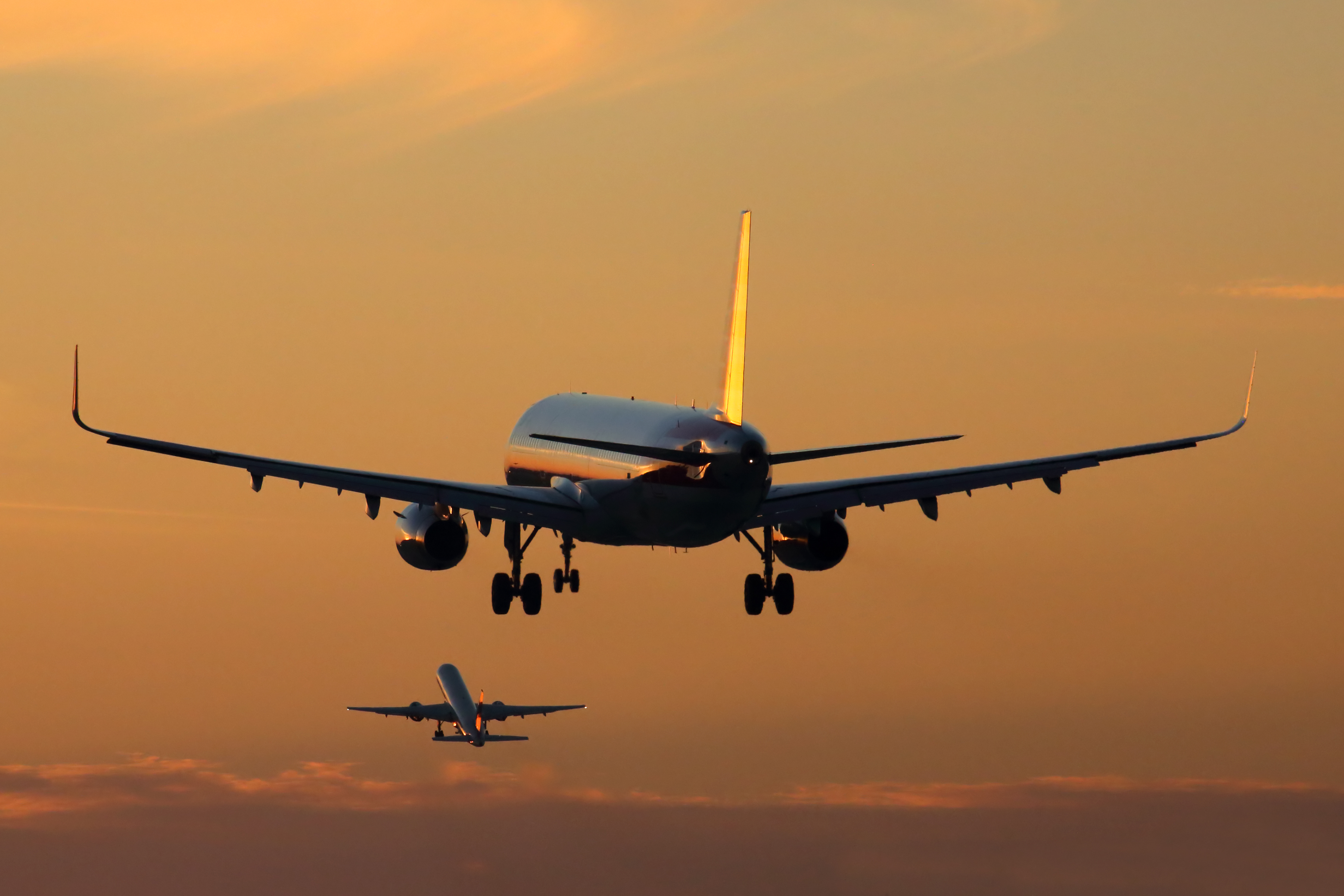
CASA has released a discussion paper on its plans for satellite communication, navigation and surveillance (CNS) and equipage over the next 10 years, in accordance with the government’s Aviation White Paper,
The paper, entitled ‘Proposed Strategy and Regulatory Plan in support of the Australian Government’s Aviation White Paper – CASA’s Plan for Communication, Navigation and Surveillance Equipage in this decade’, outlines CASA’s proposed regulatory plan extending out to 2020 which would allow for a phased, gradual up-take and operational transition for the Australian aviation industry towards satellite based CNS. It notes that the implementation of CNS technology in aircraft avionics equipment would provide for a more efficient and flexible air traffic management system, greater reliability on satellite navigation rather than ground based aids in normal situations, air-to-air surveillance to avoid traffic conflicts and more efficient routing and manoeuvres, as flexible routing, in-trail climbs, aircraft sequencing and merging on approach.
In managing the transition to CNS, CASA has proposed a phased approach for mandating the fitment of the technology to aircraft. This includes seeing all new and replacement transponder installations and all new aircraft to feature Mode S transponders with ADSB OUT capability from 2014; the fitment of TCAS II V7.1 to aircraft with a MTOW of 5700kg and above or seating 19 passengers and above by January 1 2017; and GNSS en route and approach navigation capability for all IFR aircraft by the end of 2017.
CASA is currently seeking industry comment on the paper, with responses due by November 30. It may be found on the CASA website.












